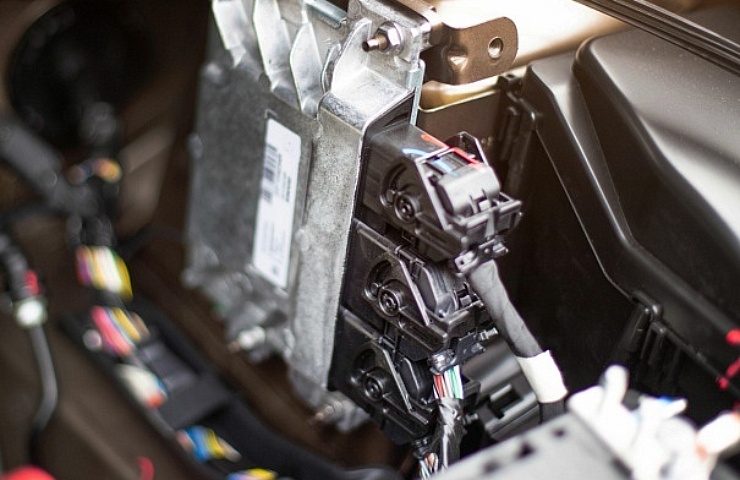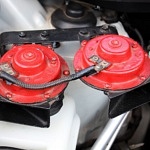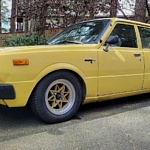Contents
Your vehicle’s year, make, and model determine the ways in which the ECU controls the engine. It commonly manages fuel, ignition, emissions, and sometimes the transmission.
- The ECU refers only to the engine control unit, while the ECM controls electronic components.
- Other separate computer controls include the body control module (BCM) and the fuel pump control module (FPCM).
The first ECUs were rudimentary designs that mostly controlled a few aspects of carburetor operation.
The ECU gained importance when electronic fuel injection (EFI) came out. Without an ECU, EFI doesn’t work. So, if your ECU is damaged, the engine may run, but not well.
The ECU’s Role
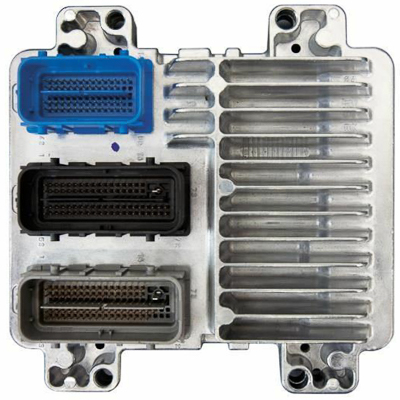
An ECU for GM vehicles
The ECU controls how the engine runs via the various sensors and modules in the vehicle. This is a complex process. Today’s cars have 32-bit 40-mhz processors comparable to an older laptop.
However, the onboard computers don’t need much power to do their job because they don’t have to drive a display or run multiple programs. They operate one program that constantly checks the inputs and outputs through the sensors.
Modern cars are almost entirely controlled by the ECU. Even the throttle pedal on newer vehicles isn’t a mechanical device. Instead, the gas pedal relays a signal to the ECU to dictate the throttle response.
Fuel injection systems have multiple parameters that must be referenced and controlled to maximize efficiency and power. Systems such as variable valve timing (VVT) allow the engine to run on the minimum amount of fuel without losing power.
Read: Reduced Engine Power and What to Do About It
Precision control is paramount, and today’s EPA restrictions and federal efficiency standards rely heavily on the ECU’s ability to control every detail to the millisecond. When your ECU fails, all of this goes out the window.
Shop now for ECUs and computer modulesSymptoms of a Failing ECU
The first warning about potential ECU issues is usually a check engine light. Like most engine issues, the check engine light comes on when the ECU sees a discrepancy in the sensor readings. Most of the time, the problem is outside of the ECU itself, but sometimes the ECU is the problem.
Diagnosing a failing ECU can be as simple as a specific code but can sometimes be more difficult. Most of the time, you need specific diagnostic tools to verify a failing ECU. Alternatively, your vehicle may not start, the engine may run poorly, or the transmission may feel off.
Read: What Does the Check Engine Light Mean?
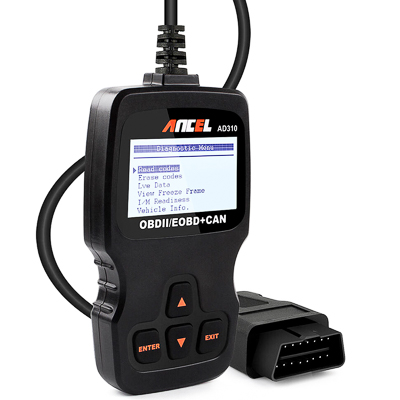
A code reader can help diagnose car problems.
A code scanner plugged into the OBDII port will show you the codes that set off the check engine light.
- The generic P0601 low-voltage code is the most common ECU failure code, though most manufacturers have their own specific codes for ECU failures.
- P0604 is a common code for ECU memory failure.
If these codes are absent, it does not mean that the ECU hasn’t failed. It just means that the specific parameters for that code have not been met.
A technician with a diagnostic scanner can test the ECU for correct function. These scanners send information to the ECU and look for the correct responses. If the answer is not within the specs for that vehicle, it will fail the test.
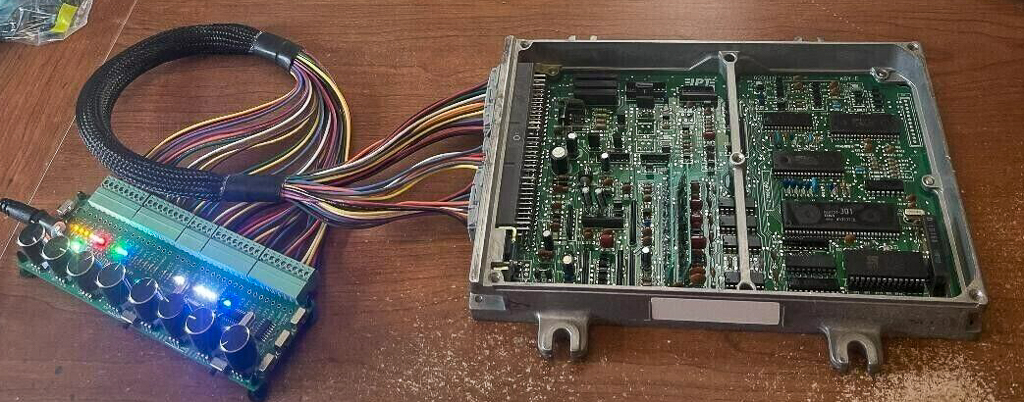
An ECU connected to a testing harness
Older ECU-controlled vehicles that use GM’s assembly line diagnostic link (ALDL) or OBDI are checked differently. ALDL scanners are available, but most use the check engine light to flash a trouble code, and you have to count the flashes. This is done with a special tool or an unfolded paper clip to trigger the code flash.
Shop now for automotive diagnostic toolsWhat Causes ECU Failure?
The most common causes of ECU failure are physical damage—dents, heat, or getting knocked about in a wreck—and electrical shorts. As vehicles become more complex, the electrical systems become more prone to voltage spikes, shorts, and other issues.
- A bad battery can cause voltage spikes or dips that burn up the modules, requiring replacement.
- Pinched or cut wires can ground out, causing a short that burns up a diode or chip inside the ECU.
- One of the most significant issues is jump-starting. Some vehicles have warnings about not jump-starting because the ECU can be damaged from voltage spikes.
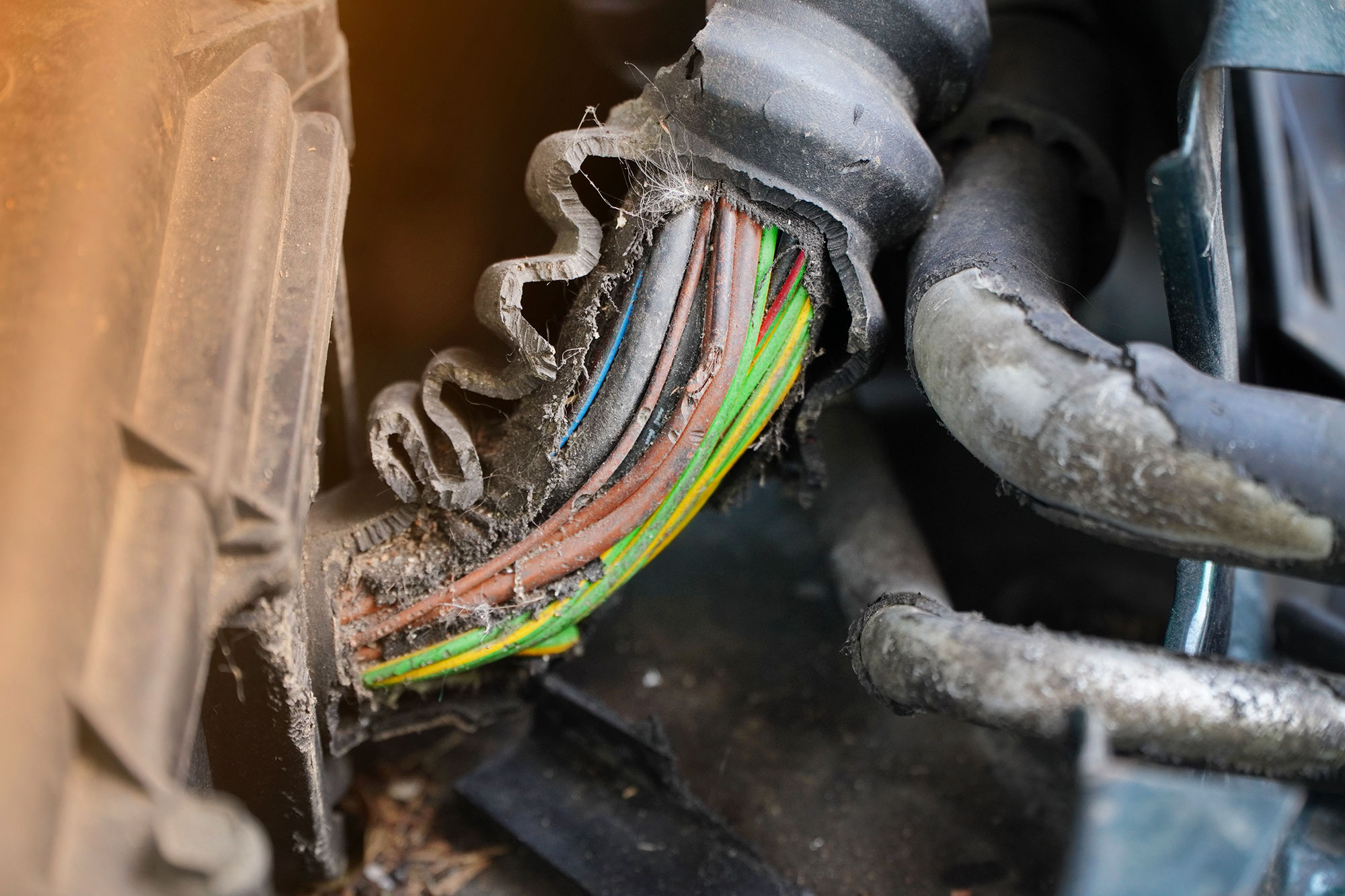
Damaged wiring and connectors from rodents or corrosion can cause electrical problems.
When welding is done to repair a collision, the electrical system must be disconnected, as the voltage from welding can burn up an ECU. Some manufacturers have banned body shops from welding new vehicles because it can fry the ECU and other modules—even with the battery disconnected.
Read: How to Jump Start a Car Battery
Shop now for wiring harnesses, cables, and connectorsCan You Fix an ECU?
In most cases, if the ECU is damaged, it must be replaced. Sometimes you can reprogram the ECU, but if it fails once, it will likely fail again.
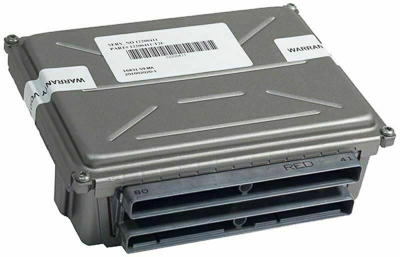
A repaired and VIN-matched ECU for Chevrolet Silverado
Replacing an ECU is relatively easy in most vehicles, as it is just a sealed box with some plugs. The issue for a DIYer is the programming. It is a simple process if you can order your replacement with your vehicle’s VIN and tune already programmed.
If you must program the ECU once it is in the car, you need professional assistance, as ECUs require specialized programs to function correctly. Some manufacturers require this type of work be done at a dealer because not even a mechanic shop has access to some manufacturer’s programming tools. However, most vehicles can be serviced with a high-end scanning diagnostic tool.
Having your ECU tested typically costs $150 to $300. The ECU itself is the expensive part, with prices from $100 up to $1,000. Labor can be as little as $100, as the ECU is usually readily accessible. Many models can be shipped to a specialist service provider for refurbishment, costing $300 to $400.
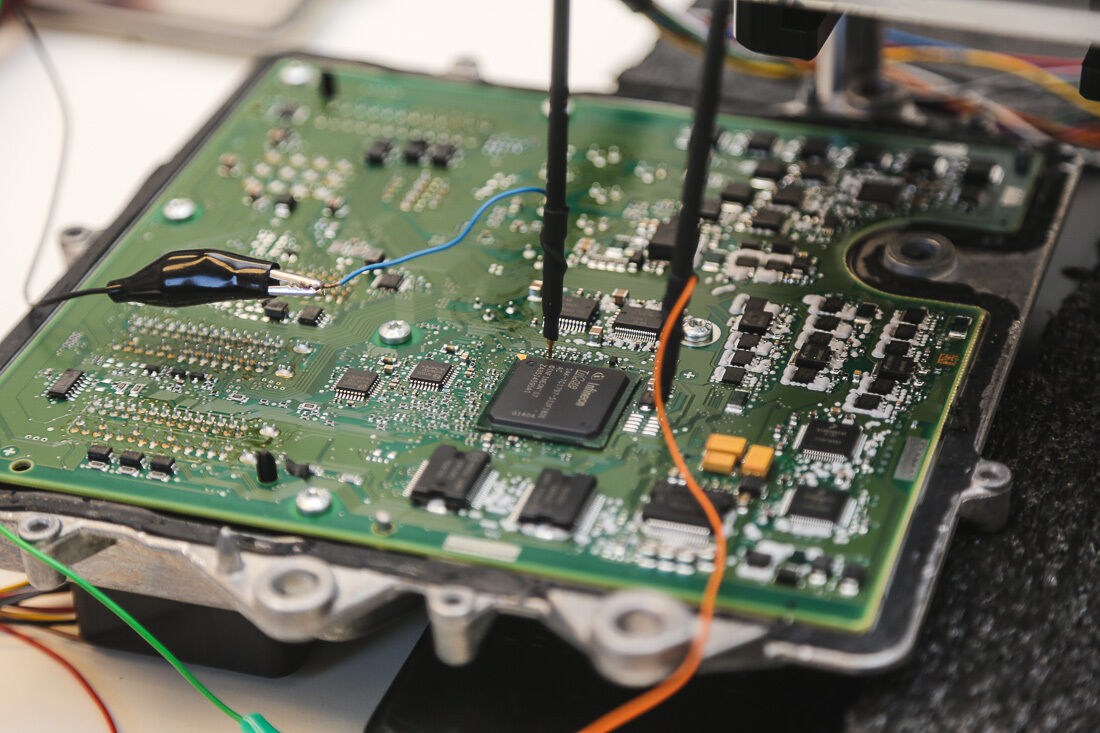
Testing and repair services can refurbish or exchange malfunctioning ECUs.
ECUs are rare failure points, but some makes and models have issues. If you are experiencing a problem with your vehicle that can’t be fixed even though you have addressed the common issues, turn your attention to the ECU, which could be damaged.

